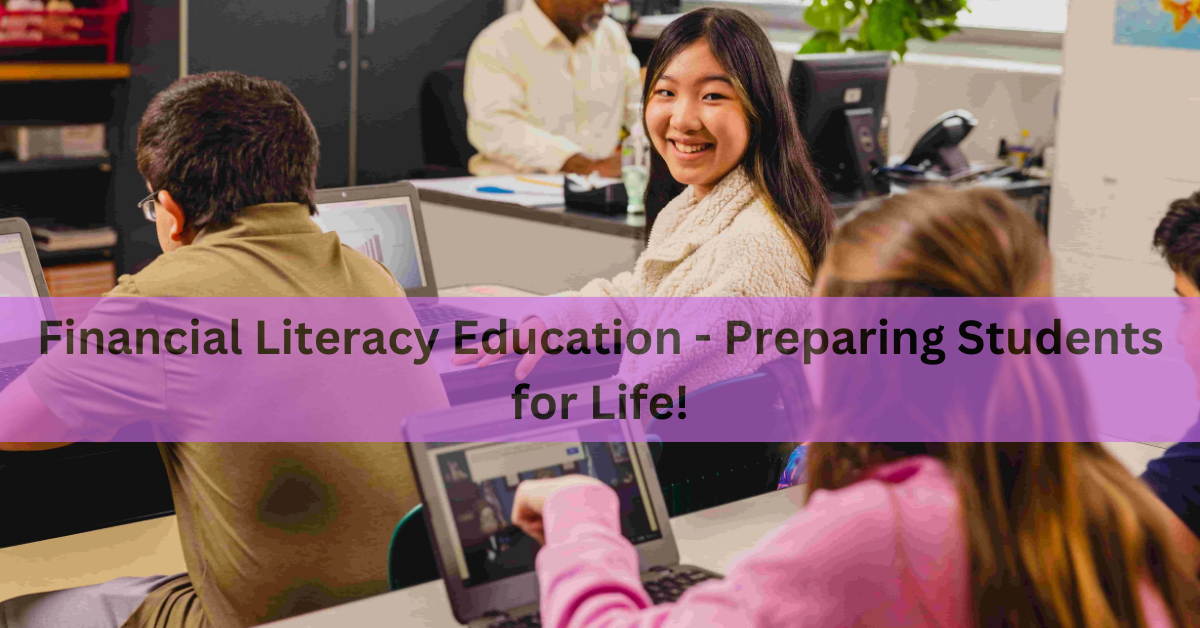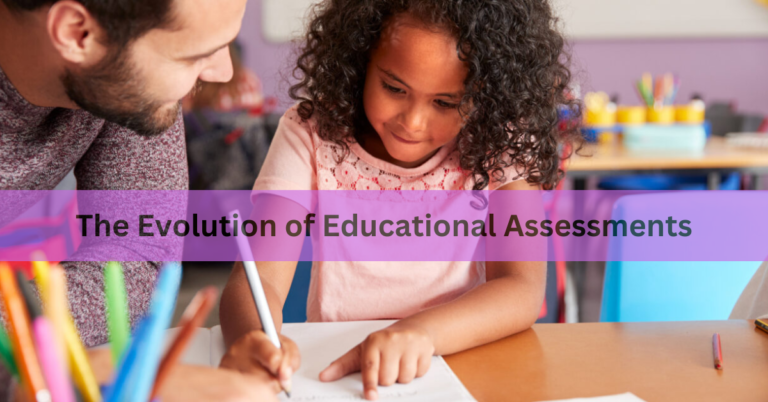Financial Literacy Education – Preparing Students for Life!
Financial literacy education is an essential component of a well-rounded education. It equips students with the knowledge and skills they need to manage their finances effectively and make informed decisions about their money. As the financial landscape becomes increasingly complex, teaching financial literacy in schools is crucial for preparing students to navigate their financial futures with confidence and competence.
The Importance of Financial Literacy Education
Financial literacy is more than just understanding how to balance a checkbook. It encompasses a wide range of skills and knowledge, including budgeting, saving, investing, understanding credit, and managing debt. These skills are vital for individuals to achieve financial stability and security throughout their lives. Without a solid foundation in financial literacy, young people are at a higher risk of falling into debt, making poor financial decisions, and facing economic hardships.
Moreover, financial literacy education promotes economic well-being and independence. It empowers individuals to plan for their future, set financial goals, and work towards achieving them. Financially literate individuals are better equipped to handle financial challenges and are less likely to rely on government assistance or fall into financial crises.
Integrating Financial Literacy into the Curriculum
Integrating financial literacy into the school curriculum can be done in various ways. Some schools offer standalone courses on personal finance, while others integrate financial literacy concepts into subjects such as mathematics, economics, and social studies. Regardless of the approach, the goal is to provide students with a comprehensive understanding of financial concepts and practical skills.
Effective financial literacy education should cover a range of topics, including:
- Budgeting and Saving: Teaching students how to create and stick to a budget, the importance of saving, and strategies for saving money.
- Credit and Debt Management: Understanding how credit works, the implications of taking on debt, and strategies for managing and reducing debt.
- Investing: Basics of investing, different types of investment vehicles, and the principles of risk and return.
- Financial Planning: Setting financial goals, planning for major life events (such as college or buying a home), and retirement planning.
- Consumer Awareness: Understanding consumer rights, how to make informed purchasing decisions, and avoiding financial scams and fraud.
The Role of Teachers in Financial Literacy Education
Teachers play a critical role in delivering financial literacy education. They need to be adequately prepared and confident in their understanding of financial concepts to effectively teach students. Professional development opportunities, such as workshops and training programs, can help teachers enhance their financial literacy and learn effective teaching strategies.
Additionally, teachers can incorporate interactive and engaging methods to teach financial literacy. Simulations, role-playing activities, and real-life scenarios can make financial concepts more relatable and easier to understand. Guest speakers, such as financial advisors or professionals from the banking industry, can also provide valuable insights and practical advice.
Utilizing Technology in Financial Literacy Education
Technology offers innovative tools and resources to enhance financial literacy education. Online platforms and mobile apps provide interactive lessons, quizzes, and simulations that can make learning about finance more engaging and accessible. For example, budgeting apps allow students to practice creating and managing budgets in a virtual environment, while investment simulators let them explore different investment strategies without any financial risk.
Moreover, digital resources can provide up-to-date information on financial topics and trends, ensuring that students receive relevant and current education. Teachers can leverage these tools to supplement traditional teaching methods and provide students with a well-rounded financial education.
The Impact of Financial Literacy on Students’ Lives
Financial literacy education has a profound impact on students’ lives, both in the short term and long term. In the short term, it helps students develop good financial habits, such as saving regularly and spending wisely. These habits can lead to improved financial well-being and reduced stress related to money management.
In the long term, financial literacy education sets the foundation for financial independence and security. Students who receive financial education are more likely to make informed decisions about higher education financing, career choices, and major financial commitments. They are better prepared to handle financial challenges and are more likely to achieve their financial goals.
Addressing Challenges in Financial Literacy Education
Despite the benefits of financial literacy education, there are challenges to its implementation. One challenge is the lack of standardized curriculum and resources across schools. This can result in inconsistencies in the quality and depth of financial education that students receive.
To address this challenge, education policymakers and stakeholders should work towards developing standardized financial literacy curricula that can be adopted by schools nationwide. Providing schools with access to quality resources, such as textbooks, online tools, and teacher training programs, is also essential.
Another challenge is ensuring that financial literacy education is inclusive and accessible to all students. This includes students from diverse socioeconomic backgrounds, students with disabilities, and those who may have different learning needs. Tailoring financial education to meet the needs of all students is crucial for ensuring that everyone has the opportunity to develop financial literacy skills.
The Role of Parents and Communities
Parents and communities play a vital role in reinforcing financial literacy education. Parents can model good financial behaviors, such as budgeting and saving, and involve their children in financial decision-making processes at home. Community organizations, such as banks and non-profits, can offer workshops, resources, and support to enhance financial literacy among students and their families.
Collaboration between schools, parents, and communities can create a supportive environment for financial education. By working together, these stakeholders can provide students with the knowledge and skills they need to navigate their financial futures successfully.
Future Directions in Financial Literacy Education
The future of financial literacy education is promising, with increasing recognition of its importance. As financial products and services continue to evolve, financial literacy education will need to adapt to address new challenges and opportunities. Emerging topics, such as digital currencies, cybersecurity in finance, and the gig economy, should be incorporated into financial education curricula.
Moreover, the integration of financial literacy education into early childhood and elementary education can provide a strong foundation for lifelong financial literacy. Starting financial education at a young age can help children develop positive attitudes towards money and establish good financial habits early on.
Conclusion
Financial literacy education is essential for preparing students for the financial challenges and opportunities they will encounter in life. By integrating comprehensive financial literacy curricula into schools, providing professional development for teachers, leveraging technology, and involving parents and communities, we can equip students with the knowledge and skills they need to achieve financial independence and security. As the financial landscape continues to evolve, ongoing efforts to enhance financial literacy education will be crucial in ensuring that all students are prepared for a successful financial future.




